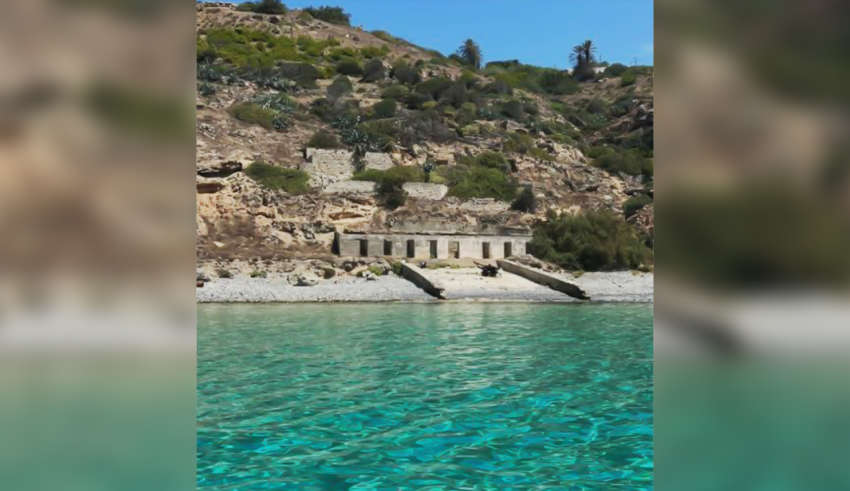The archipelago of La Galite (known in Tunisian Arabic as Jalta) holds a singular place in Mediterranean history, marking the northernmost point of the African continent. Unlike other lands, it was not always permanently inhabited — its more recent settlement stems from a mix of boldness and opportunity.
This volcanic and arid archipelago first served as a seasonal destination for lobster fishermen. Families from the island of Ponza — including the Vitiello, D’Arco, and Mazella clans — would travel there to fish before returning home. The discovery of freshwater springs eventually inspired them to settle permanently on the island.
Thus, a small community took root, with births occurring over several generations. This population became a true Mediterranean melting pot, composed of families of Ponzese origin as well as Sicilians, such as the Caltagirone family from Marsala.
The presence of residents and children drew official attention, leading to La Galite’s formal attachment to Tunisia. Institutional recognition followed, and the island was soon equipped with essential public structures: a harbor master’s office, a gendarmerie, a dispensary, a church, and a school.
Life on the island revolved entirely around the sea. Fishing — especially lobster fishing — was the main economic activity. Families supplemented their income through livestock raising, small-scale farming, and winemaking. Craftsmanship also flourished: one resident, Alexandre Vitiello, built lobster boats and houses entirely by hand — without machinery or electricity.
Fishing activity was intense, with ships from Trapani and Palermo regularly arriving to fish for sardines, anchovies, and mackerel. The lobster trade was so well organized that traders from the mainland, such as Mr. Scotto or a lobster merchant from Bizerte, would come to procure their goods. Another entrepreneur from Bizerte, Mr. Andaloro, even set up a canning factory producing “Langoustes de La Galite” for several years.
Historically, the island also served as a place of exile for Tunisian leader Habib Bourguiba between 1952 and 1954.
After Tunisia’s independence, however, the population gradually began to leave the archipelago. The departures continued until only a few residents remained, including the community’s matriarch, Céleste Mazella, who stayed until the age of 95.
Today, La Galite stands deserted — its buildings in ruins, guarded only by a small military presence. Yet, archaeological discoveries reveal its long-standing role as a Mediterranean crossroads since antiquity: tombs, skeletons, amphorae, gold coins, and statuettes have been unearthed. The Bardo Museum in Tunis even houses a bronze statuette of Bacchus found on the island.
The story of permanent settlement began in 1886, with the arrival of the first Sicilian guardian, originally from Ponza. He and his wife from Marsala were later joined by their children, who also remained as caretakers, solidifying the legacy of these fishing families.
The heritage of La Galite lives on through its descendants. One of them, Pierre de La Galite, chose to honor his roots through music and artistic creation, adopting the island’s name as his stage name.
Through his songs — written for both children and adults — and shared on YouTube, where he has garnered over a million views and released several self-produced albums, Pierre de La Galite keeps the memory of the island alive.
In his own way, he brings a piece of this arid, volcanic island into today’s world — ensuring that its name, story, and spirit continue to resonate, and that he never forgets where he comes from: Jalta, his island at the heart of the Mediterranean.




